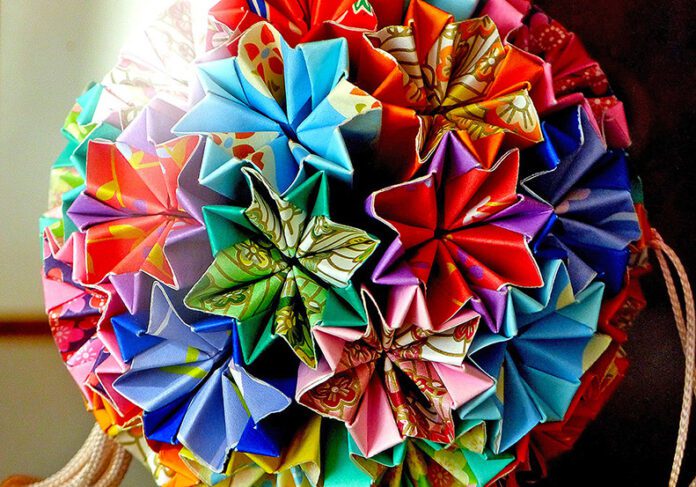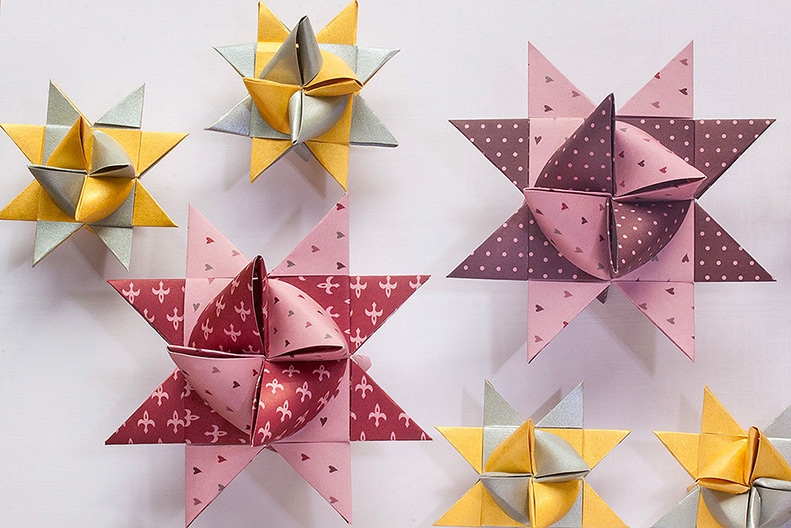
The History of Origami
For centuries humans have used art as a form of expression and there are many varieties of stunning artwork that tell the tales of tragic love stories and heroic feats.
Art is an essential part of our culture and is more than just a few colors put together; whether we realise it or not, art is a part of being human. One such extraordinary type of art is origami.
What is Origami?
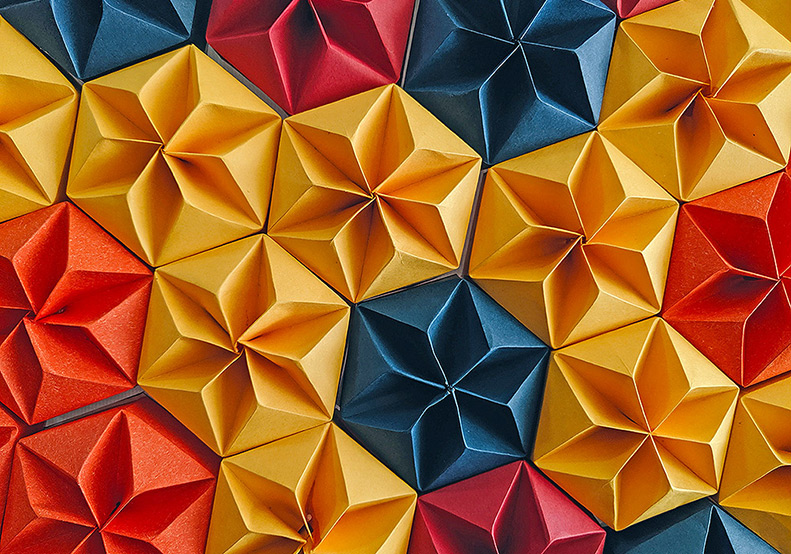
The word “origami” originates from the Japanese word “ori” which means “to fold” and “gami” meaning paper. There were many terms for the art of paper folding in Eastern Asia and it is unknown why origami became the common term for it, one theory suggests that it was easier for children to spell at school and therefore the term became more commonly used. This particular form of art involves folding paper many times to produce intricate shapes and models.
The exact origin of origami is shrouded in mystery but it is believed that it began to be practiced not long after the invention of paper in 105 A.D. in China, it was then introduced to Japan in the 6th century and was seen as a rarity; origami was only practiced for ceremonial purposes
Just as paper was invented in China, many Chinese people believe that Japanese origami is an imitation of Chinese paper folding called Zhe Zhi.
Origami in Japanese Culture
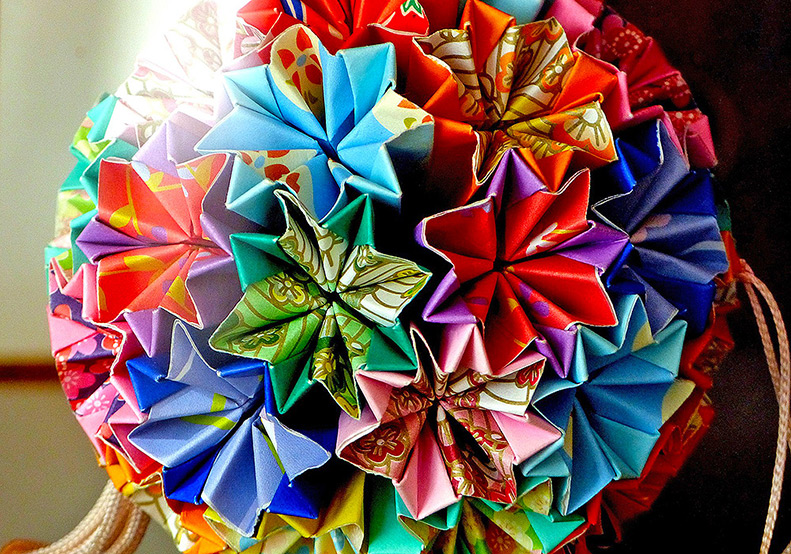
Due to the high price of paper, as it was very rare, origami was seen as a luxury and therefore, a perfect gift for a loved one. Shinto weddings in Japan involved making origami butterflies to represent the bride and groom; Samurai would gift people items adorned with noshi, a type of ceremonial origami containing a strip of dried which was meant to bring good fortune.
Although origami played a significant part in Japanese culture during the Heian period (794-1185), the first origami book in Japan was published in 1797 named Senbazuru orikata.
Origami in Europe
There are a few records of paper folding in Europe in the form of a paper box and boat in the 1400s before origami became well known. It isn’t known for sure how origami came to Europe but the most probable explanation is that it was brought by merchants from along the Silk Road.
Modern Origami
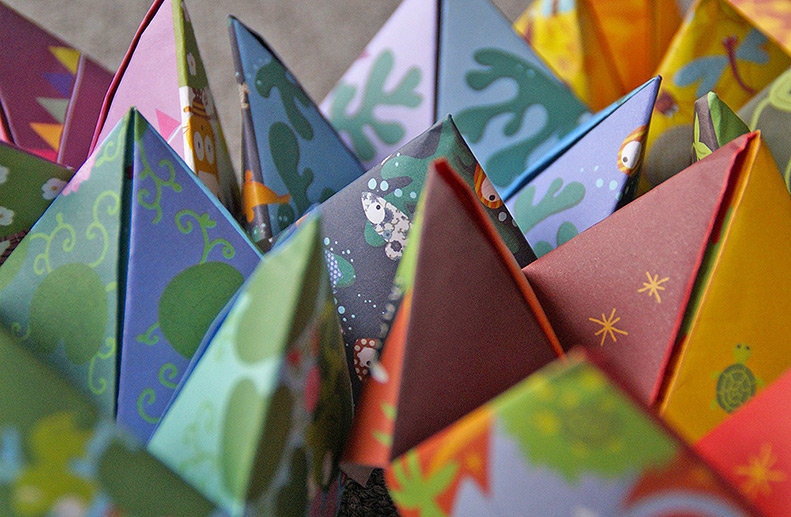
In 1954 a man named Akira Yoshizawa developed a format for the instructions of making origami and the Yoshizawa-Randlett system has been used internationally. There are now many organisations dedicated to preserving the art of origami, two notable international organisations are the British Origami Society and OrigamiUSA.
Freidrich Fröbel, a significant person who contributed to the spread of origami in Europe, was the man who invented the term and concept of kindergarten. He recognised the importance of folding, cutting, and other activities involving paper as beneficial teaching aids ultimately boosting a child’s learning.
The rising popularity of the kindergarten system led to the small, square-shaped coloured pieces of paper used for origami becoming the standard origami paper used by people all over the world to this day.
Different Types of Origami
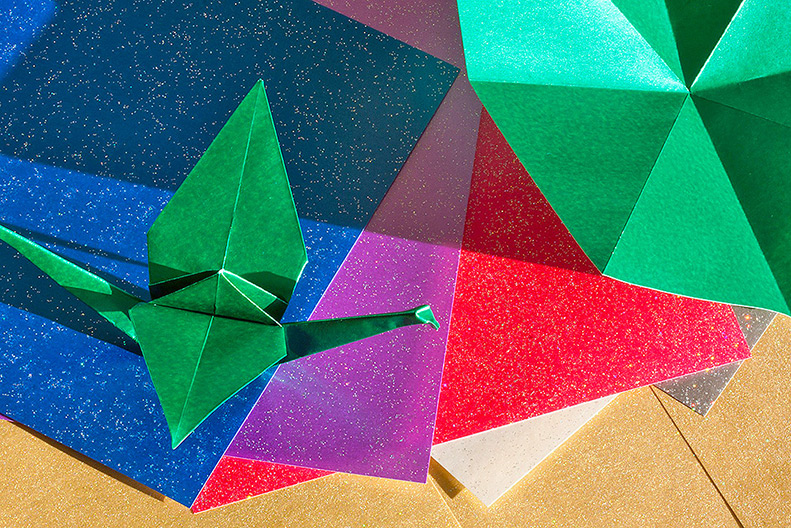
Wet-folding – This type of origami involves the use of water to produce shapes that otherwise couldn’t be made using dry paper. It is used for models that will look better with soft curves rather than sharp edges.
Golden venture folding – Origami made in this form is absolutely stunning but very difficult to make. It is made using many sheets of paper folded into small triangles and put together to make a complex but intricate design.
Modular origami – A form of origami using more than one piece of paper called a unit.
Action origami – This form of origami has moving parts and is interactive.
Fabric origami – An innovative form of origami using fabric instead of paper.
Kirigami – Origami exclusively involves the folding of paper, kirigami on the other hand involves the cutting of paper.
Top 10 Origami Ideas
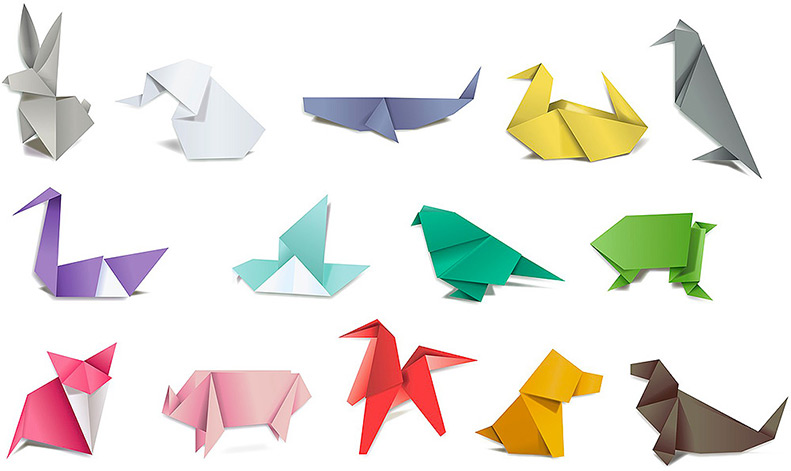
1. Crane – One of the most iconic origami designs, cranes play a significant part in Japanese culture and they are associated with good luck and longevity. The most famous story surrounding the paper crane is that of Sadako Sasaki, a little girl who was suffering from leukemia due to the radiation from the atomic bombing of Hiroshima. It is believed that whoever folds 1000 cranes has their wish come true so she started folding them in hospital, sadly she passed away but the crane lives on to be a symbol of hope.
2. Butterfly – After the crane, the butterfly is another iconic origami design. The first known origami designs were the male and female (mecho and ocho) butterflies gifted to the bride and the groom at a wedding.
3. Samurai helmet – Remember the might of the samurai warriors with an origami samurai hat!
4. Heart – Spread some love with an origami heart.
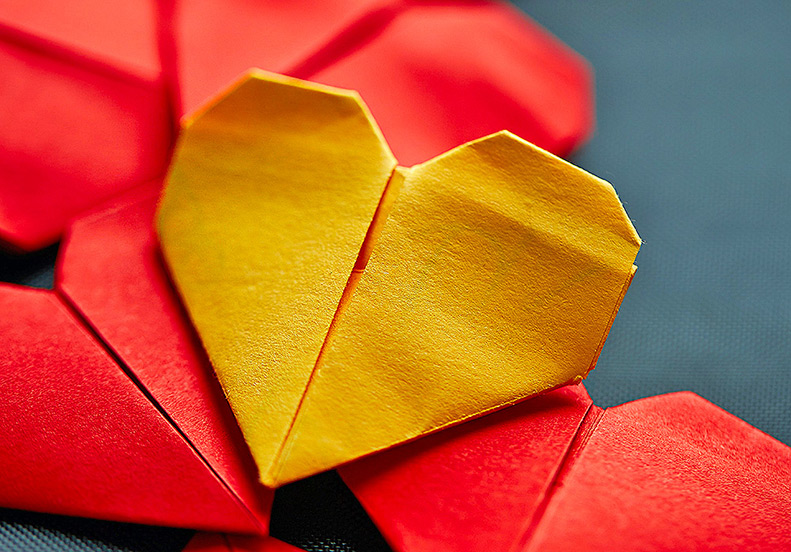
5. Frog – A fun frog that jumps when pressed, great for children.
6. Chatterbox – Loved by school children, chatterboxes make a fun game.
7. Shuriken/star – A paper version of the deadly weapon once used by ninjas, take care not to throw it at anyone!
8. Lotus flower – A wonderful design, a lotus flower symbolises enlightenment as it is a beautiful thing that rises from the murky water.
9. Boat – Another great one for the children, help them to make the boats then set them afloat on a body of water, and watch them sail with satisfaction.
10. Basket – Getting a gift for somebody but you don’t know what to put it in? Make an origami basket or box which can hold chocolates or anything else depending on the size and the effort is sure to be appreciated.
Origami isn’t just about folding paper into shapes, each piece has a story to tell and there are also many legends surrounding origami such as the myth about a boy who was believed to be able to make birds out of paper that would come to life and fly away. Regardless of fact or fiction, the art of origami is a pleasurable pursuit nonetheless.

Source: https://www.daslia.com


